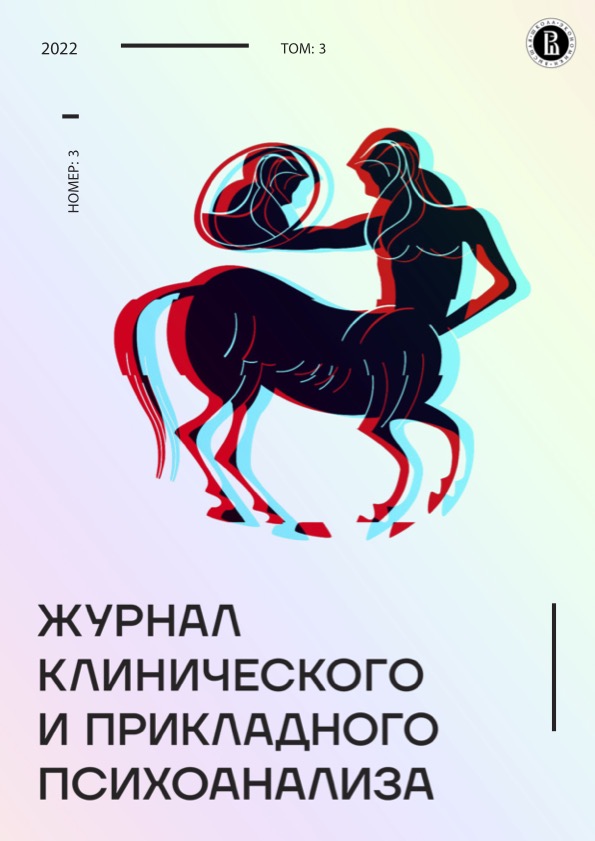Biological Reaction of Freeze as a New Basic Assumption Group (BaFr)
Group applied psychoanalysis
Abstract
In 1961 Bion described a unique phenomenon of basic assumption groups, which allowed us to take a broader view of human interaction in real or metaphorical groups. However, since that time we rarely read in the scholarly literature dealing with issues and problems of group interaction about more than these three groups. At the same time, society and history moved forward, a large number of anxiety triggers were emerged, which, when transformed into the collective unconscious, must create new basic assumptions. Since the events of recent years have inflicted great traumatic damage on society, to study of new patterns of behavior in the group becomes particularly relevant in light of these events. This article offers a perspective on the systematization of basic assumption groups, the working group phenomenon, and the possibility of a new basic assumption, «Freeze» (baFr).

